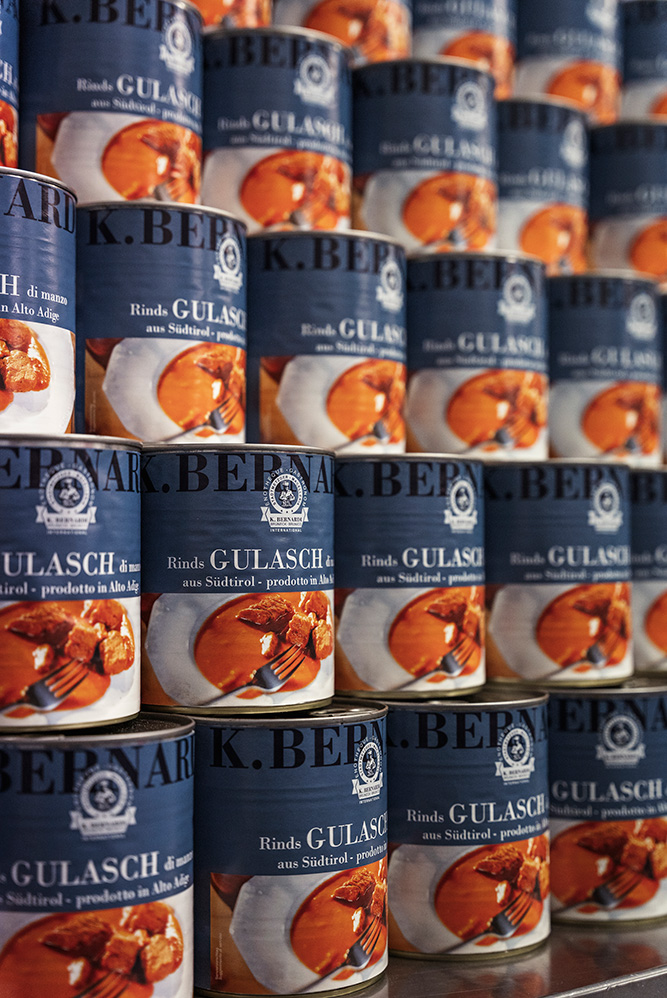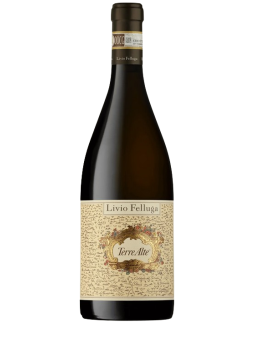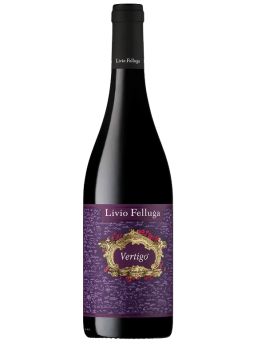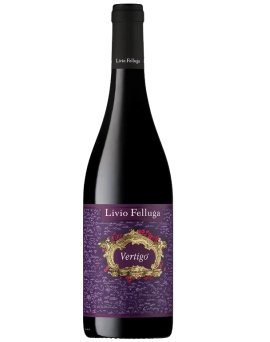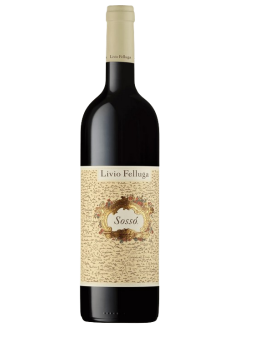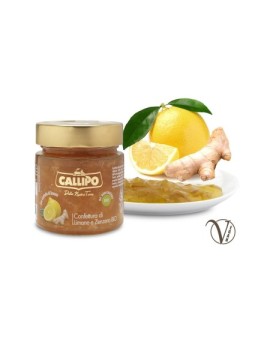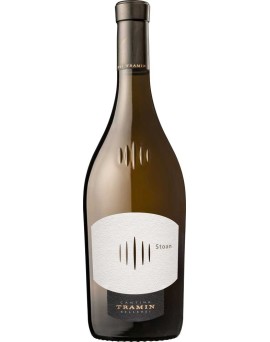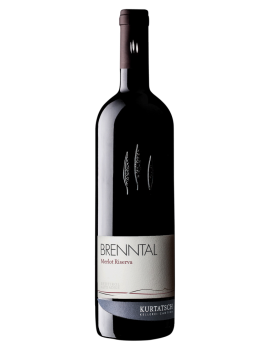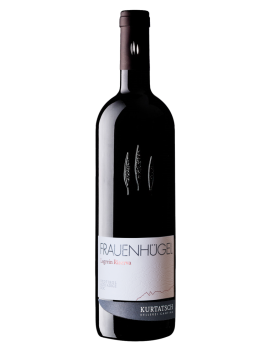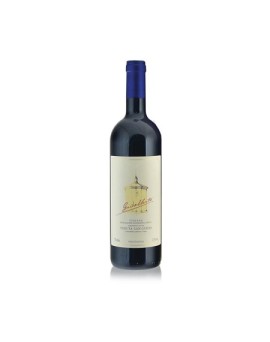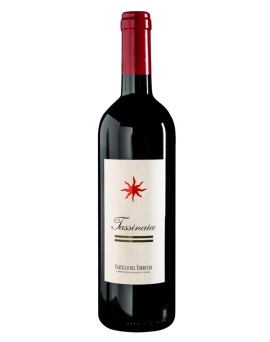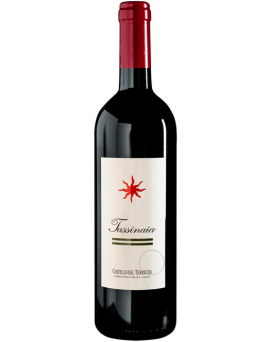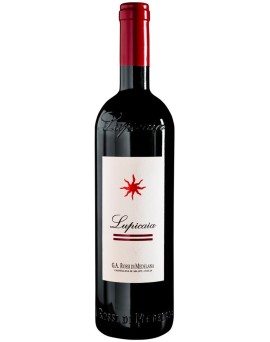Basket
0
Active filters
Lemon Jam with organic...
A jam with a fresh and intense taste, where the acidity of Calabrian lemons (whole, cut and selected fruits) is enlivened by the pungent aroma of ginger.<br />This speciality, with its valuable health benefits thanks to the antioxidant properties of the lemon combined with the digestive properties of the ginger, is delicious on a slice<br />of good homemade bread or as an ingredient for filling homemade muffins.<br />Product Details<br />Denomination: Lemon Jam with organic ginger candies<br />Net Weight: 280g<br />Ingredients:<br /><br />Lemon* 45%<br />cane sugar*<br />Ginger candies* 10% (ginger* 55%, cane sugar* 45%),<br />Water<br />gelling agent: locust bean gum*<br />antioxidant: ascorbic acid<br />*organic ingredients<br />Occasional presence of seeds cannot be excluded<br />Origin of raw materials EU and non-EU.<br />Fruit Used: 55g per 100g<br />Total Sugars: 50g per 100g<br /><br />Storage Method:<br />Store in a cool, dry place, away from light and heat sources. After opening store in the refrigerator and consume within a few days.<br />Conservation Period:<br />3 years from the date of production<br />Nutritional values: AVERAGE NUTRITIONAL VALUES PER 100g OF PRODUCT<br />Energy in KJ: 1008<br />Energy in Kcal: 237<br />Fats: 0g<br />Of which saturated fatty acids: 0g<br />Carbohydrates: 59g<br />Of which Sugars: 53g<br />Protein: 0g<br />Salt: 0.04g<br />
Price
€6.90
Stoan 2022 Cuvèe weiss...
Stoan is a unique wine that reflects the richness and potential of our terroir. A lively blend of Chardonnay, Sauvignon, Pinot Blanc and Gewürztraminer, the brainchild of our<br />winemaker.<br /><br /><br />Description of the vintage: After a dry winter and an initially cold March, above-average spring temperatures favoured early budding and early flowering. From mid-May to<br />early June the weather was mainly rainy and wet. In the later maturation phase, rainfall was normal, with few heat peaks and concomitant short dry periods. Throughout the<br />summer the nights were characterised by pleasant coolness. Harvesting began in early September and until mid-October was interrupted repeatedly by single days of rain,<br />fortunately alternating with prolonged periods of sunshine. The white wines are fresh, with an intense olfactory profile. The red wines, with great finesse and elegance,<br />indicate great ageing potential.<br />Grape variety: Chardonnay 65%, Sauvignon 20%, Pinot Blanc 10%, Gewürztraminer 5%.<br />Yield: 45 hl/ha<br />Altitude: from 400, more from 500 - 600 metres<br />Exposure: south-east 90%, south 10%.<br />Harvest: end of September - mid-October<br />Bottles produced: about 48,000, 760 magnums and some large sizes<br />Soil: calcareous gravel mixed with clay<br />Age of vines: 10 - 40 years<br />Climate: wide temperature range due to hot days influenced by the Mediterranean climate and cold nights with very fresh winds coming from the mountains<br /><br />Vinification: the grapes are harvested entirely by hand and placed in small containers that keep them intact; immediate pressing; slow fermentation at a controlled<br />temperature (18°-20°) in wooden barrels (30-40 hl), in which malolactic fermentation also takes place; racking of the must by natural sedimentation.<br /><br />AGING: Refining in large wooden barrels (30-40 hl), always in contact with the yeasts until the end of August. After bottling, the wine is left in the bottle for a minimum of 3<br />months for further ageing, bringing the total ageing period to a minimum of 14 months.<br />to a minimum of 14 months.<br /><br />Alcohol content: 13,5 % vol.<br />Total acidity: 5,9 g/l<br />Residual sugars: 1.8 g/l<br />
Price
€33.30
Merlot Brenntal KURTATSCH...
<br /><br />The Brenntal vineyard is located in the north of the village of Kurtatsch and is one of the warmest sites (up to 40° C) in South Tyrol. The vines of the steep slope with intense<br />sunlight stand on red, sandy loam soil.<br /><br />In the evening, the fleshy grapes are cooled by refreshing fall winds. This unique terroir produces a Merlot that captivates with its power and dark berry fruit (cranberries,<br />blackberries), but at the same time retains its alpine character (green tea, white pepper). The fruit on the palate is joined by a dense, velvety tannin. The delicate acidity<br />gives the wine its precise balance with an impressively long finish.<br /><br />Merlot BRENNTAL: the unique one.<br />Vinification: Temperature-controlled fermentation in red wine tanks, ageing in French barriques for 15 months. Barrique for 15 months, followed by ageing in large oak<br />barrels, minimum 1 year bottle ageing.<br />Alcohol: 14,0 % Vol.<br />Total acidity: 5,1 g/l<br />Residual sugar: 1,4 g/l<br />Yield per hectare: 40 hl<br />Optimum age for drinking: 4-15 years<br />Method of cultivation: sustainable<br />
Price
€57.60
Südtirol Lagrein Riserva...
Lagrein, genetically related to Syrah, is the oldest autochthonous grape variety in South Tyrol. In the hot, deep vineyards in the south of South Tyrol, the heat-loving Lagrein<br />finds its suitable habitat.<br />The FRAUENHÜGEL has a seductive fruitiness of wild berries, elderberries, black cherries and cocoa beans. The wine is enriched with balsamic tannins during ageing in<br />barrique barrels. The noble roasted aromas and the vital acidity are harmoniously combined with the powerful fruit body. The clayey soil is responsible for its typical terroir<br />characteristics, which lend the fruity finish a piquant spiciness (liquorice) and its individual earthy note.<br />FRAUENHÜGEL: the powerful one.<br /><br />Grape variety: Lagrein<br />Vinification: Temperature-controlled fermentation in red wine tanks and ageing in French barriques for 12 months. Barrique barrels for 12 months, followed by ageing in large<br />oak barrels.<br /><br />Alcohol: 13,5 % Vol.<br />Total acidity: 5.4 g/l<br />Residual sugar: 1,8 g/l<br />Yield per hectare: 50 hl<br />Optimal drinking maturity: 3-10 years<br />
Price
€30.50
Guidalberto 2022 TENUTA SAN...
TYPOLOGY Dry red wine<br /><br />PRODUCTION AREA Loc. Vecchio Frantoio- Bolgheri<br /><br />VINE 60 % Cabernet Sauvignon, 40 % Merlot<br /><br />SOIL TYPE Strong presence of calcareous areas rich in galestro and stones and partially clayey<br /><br />VINIFICATION Grapes and berries are carefully selected by hand. Soft pressing and destemming of the bunches to avoid breaking the berries and excessive release of<br />tannins. Alcoholic fermentation in stainless steel vats at a controlled temperature of around 26-28 degrees, without the addition of any external yeasts. Maceration in this<br />vintage was about 10-13 days for the Merlot grapes and 13-16 days for the Cabernet Sauvignon grapes, with frequent pumping over and délestages to obtain more balanced<br />musts and favour aromatic extraction. Malolactic fermentation, which began in early November, was also carried out entirely in steel vats, after which the musts were placed<br />in barriques for ageing.<br /><br />VINEYARD SYSTEM Spurred cordon<br /><br />COLOUR Ruby red<br /><br />PERFUME Persistent with floral notes<br /><br />PAIRINGS Red meats, mature cheeses<br /><br />FLAVOUR Excellent roundness, gentleness and sweetness, with an organoleptic depth devoid of sharp edges. Excellent structure with great balance and persistence<br /><br />Classification I.G.T.<br /><br />Alcohol content: 13,00° Vol.<br />
Price
€61.40
MagnumTassinaia 2019...
<br /><br />Denomination: I.G.T. Rosso Toscana (Tassinaia)<br />Producer: Castello del Terriccio<br />First vintage: 1992<br />Grapes: Cabernet Sauvignon, Merlot<br />Analytical data: Alcohol degree: 14.50%.<br />Soil type: The soils where the vineyards are located are characterised by various and composite morphologies with a strong presence of stones and fossils; the altitude is<br />between 100 and 300 metres above sea level, with south/south-west exposure.<br /><br />Training system: spurred cordon<br />Planting density: 5,600 vines/Ha. for old vineyards; 6,250 vines/Ha. for new vineyards<br /><br />Climatic trend: Autumn began with rain and temperatures above the seasonal norm, while December and January were very cold months with freezing day and night<br />temperatures accentuated by tramontana winds and a lack of rain. Spring was characterised by dry weather. Summer arrived as early as mid-May with temperatures above<br />the seasonal average, as did the summer months. The veraison began in mid-July and the climatic trend brought forward<br />the ripening times of the grapes. Harvesting began early (at the end of August for the Merlot grapes) and continued for the Cabernet Sauvignon grapes until the end of<br />September. Healthy, crisp and well ripened grapes resulted in musts that were not overly structured, characterised by good acidity and a higher alcohol content than in other<br />vintages. higher than in other vintages.<br /><br />Harvest period: The harvest began at the end of August and was characterised by characterised by healthy grapes and perfect veraison.<br /><br />Vinification notes: Extremely soft pressing and destemming. Fermentation in steel vats at a controlled temperature, with maceration of the grapes for about 9-12 days for the<br />Merlot and 12-15 days for the Cabernet. During fermentation subsequent pumping over and délestages.<br /><br />Ageing: Ageing takes place in separate masses for each variety, in French oak tonneaux of second and third passage for 16 months. After being blended and bottled it rests<br />a further 12 months in bottle before being marketed.<br />
Price
€80.20
Tassinaia 2019 Castello del...
<br />Denomination: I.G.T. Rosso Toscana (Tassinaia)<br />Producer: Castello del Terriccio<br />First vintage: 1992<br />Grapes: Cabernet Sauvignon, Merlot<br />Analytical data: Alcohol degree: 14.50%.<br />Soil type: The soils where the vineyards are located are characterised by various and composite morphologies with a strong presence of stones and fossils; the altitude is<br />between 100 and 300 metres above sea level, with south/south-west exposure.<br /><br />Training system: spurred cordon<br />Planting density: 5,600 vines/Ha. for old vineyards; 6,250 vines/Ha. for new vineyards<br /><br />Climatic trend: Autumn began with rain and temperatures above the seasonal norm, while December and January were very cold months with freezing day and night<br />temperatures accentuated by tramontana winds and a lack of rain. Spring was characterised by dry weather. Summer arrived as early as mid-May with temperatures above<br />the seasonal average, as did the summer months. The veraison began in mid-July and the climatic trend brought forward<br />the ripening times of the grapes. Harvesting began early (at the end of August for the Merlot grapes) and continued for the Cabernet Sauvignon grapes until the end of<br />September. Healthy, crisp and well ripened grapes resulted in musts that were not overly structured, characterised by good acidity and a higher alcohol content than in other<br />vintages. higher than in other vintages.<br /><br />Harvest period: The harvest began at the end of August and was characterised by characterised by healthy grapes and perfect veraison.<br /><br />Vinification notes: Extremely soft pressing and destemming. Fermentation in steel vats at a controlled temperature, with maceration of the grapes for about 9-12 days for the<br />Merlot and 12-15 days for the Cabernet. During fermentation subsequent pumping over and délestages.<br /><br />Ageing: Ageing takes place in separate masses for each variety, in French oak tonneaux of second and third passage for 16 months. After being blended and bottled it rests<br />a further 12 months in bottle before being marketed.<br />
Price
€32.20
Magnum Lupicaia 2018...
<br /><br />Denomination: I.G.T. Rosso Toscana (Lupicaia)<br />Producer: Gian Annibale Rossi di Medelana,Vittorio Piozzo di<br />Rosignano Rossi di Medelana<br />First vintage: 1993<br />Grapes: Cabernet Sauvignon, Petit Verdot<br />Analytical data: Alcohol degree: 14.50%.<br />Soil type: The soils are rich in iron minerals with the presence of stones and fossils. Facing the Mediterranean Sea, they benefit from a unique reflection of the sun, a<br />moderate breeze from the coast and the abundance of sunlight promotes unique ripening.<br /><br />Training system: Spurred Cordon<br />Planting density: 3,600 vines/Ha for old vineyards; 5,600 vines/Ha for new vineyards<br /><br />Climatic trend: 2016 was certainly one of the most regular vintages of the last decade. Rainfall met the vines' needs punctually: abundant in March, regular in May and June,<br />important at the end of July and, finally, a warm and sunny August and mid-September. Temperatures were optimal: a mild end to the winter that had caused concern was<br />then regularised by a tenably cool spring that slowed down the development of the bunches, which then benefited from the hot but not torrid summer, with significant<br />temperature swings. Cluster growth was regular and optimal, production was good and ripening was perfect.<br /><br />Harvest period: Harvesting was strictly by hand and took place for the Petit Verdot and Cabernet Sauvignon grapes from mid-September. After an initial selection in the<br />vineyard at the time of manual harvesting, the Lupicaia grapes are carefully selected a second time on arrival at the winery on the sorting table.<br /><br />Winemaking notes: After manual selection on the sorting table, the grapes are gently destemmed and pressed, taking care not to break the skin of the berries. Meticulous<br />alcoholic fermentation takes place in our stainless steel open-cap fermenters at a controlled temperature with maceration of the grapes for about 20 days. Daily dèlestages<br />allowed the perfect extraction of the bouquet<br />aromas and the right tannic balance, with an important structure that will allow for long ageing.<br /><br />Ageing: Ageing takes place in new French oak tonneaux for a period of about 22 months followed by further ageing in bottles before release.<br />
Price
€393.60

